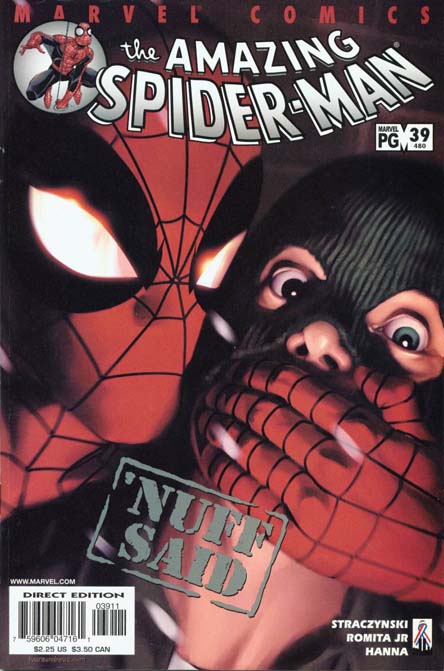Comic Writing – Narrative – How to?
This will be the first of many posts focused on comic writing (graphic novels). Comic writing is a very different art form from a short story, novel or even a movie script. Like all forms of writing, there are things that various people extol you should or shouldn’t do. Over the next few months, I will be covering various styles of scripts in panel to panel breakdowns. Today’s post will focus on narratives.
nar·ra·tive (noun)
1. A narrated account; a story.
2. The art, technique, or process of narrating.
What is a narrative?
In comic book terms, it’s the “voice” telling the story that’s not the dialogue. It can be an external narrative e.g. “The next day, our hero awoke with a splitting head” or an internal narrative e.g. “Waking up wasn’t easy with this splitting headache“.
How to write a good narrative?
Comic books are a very visual medium. Nearly everyone will say in this medium, “DON’T TELL! SHOW!“.
As such, using narratives to describe the scene “He was shocked to see a giant gorilla” is unnecessary. Describe the panel and let the artist do the work. e.g. “Panel 1 – Focus on Matt’s head. Look of shock and disbelief. Background scene is chaotic with bystanders looking on. Giant gorilla is crossing at the pedestrian crossing. Cars have stopped to watch spectacle.” If the artist has captured the panel well, the caption “He was shocked to see a giant gorilla” is redundant.
So . . if you can’t use narratives to describe the scene or what is happening, what should you use it for? There are different approaches but I’m really part of the less is more.
Narratives can be used to extend the story beyond what can be drawn on the panel. This can be used to capture the subject’s thoughts e.g. “I mustn’t let the evil bad guy know I’m hurting, have to keep looking tough and gritting my teeth” or further detail a particular scene e.g. “As Matt gazed upon the city, he recounted how he’s seen it change from a slum into what it is now“.
In the first case “must grit teeth“, the panel would show the subject acting tough but give an insight to exactly how’s he feeling and in the second example “slum“, although the panel would should a vibrant city, the writer can impart a little bit of history. In both cases extra information is used to enhance the storytelling by providing more information.
Homework
Aww . . damn . . how come we have homework to do? Well this is fun homework! Be sure to check out Straczynski’s writing coupled with John Romita Jnr’s artwork for an excellent example of how to tell a story without using narratives or any dialogue at all! One of my favorite issues!

Posted: March 10th, 2009 under comic, Writer.

This is great. Glad I stumbled on this blog. More comic book writing theory please!
Thanks for the kind words Jared. This is the first in a series, they will be a new comic writing theory piece every week!
[…] on from narratives in comics comes an important topic, the plot. This is what moves the characters in the story along and is the […]
[…] Narrative – The voice in my head […]